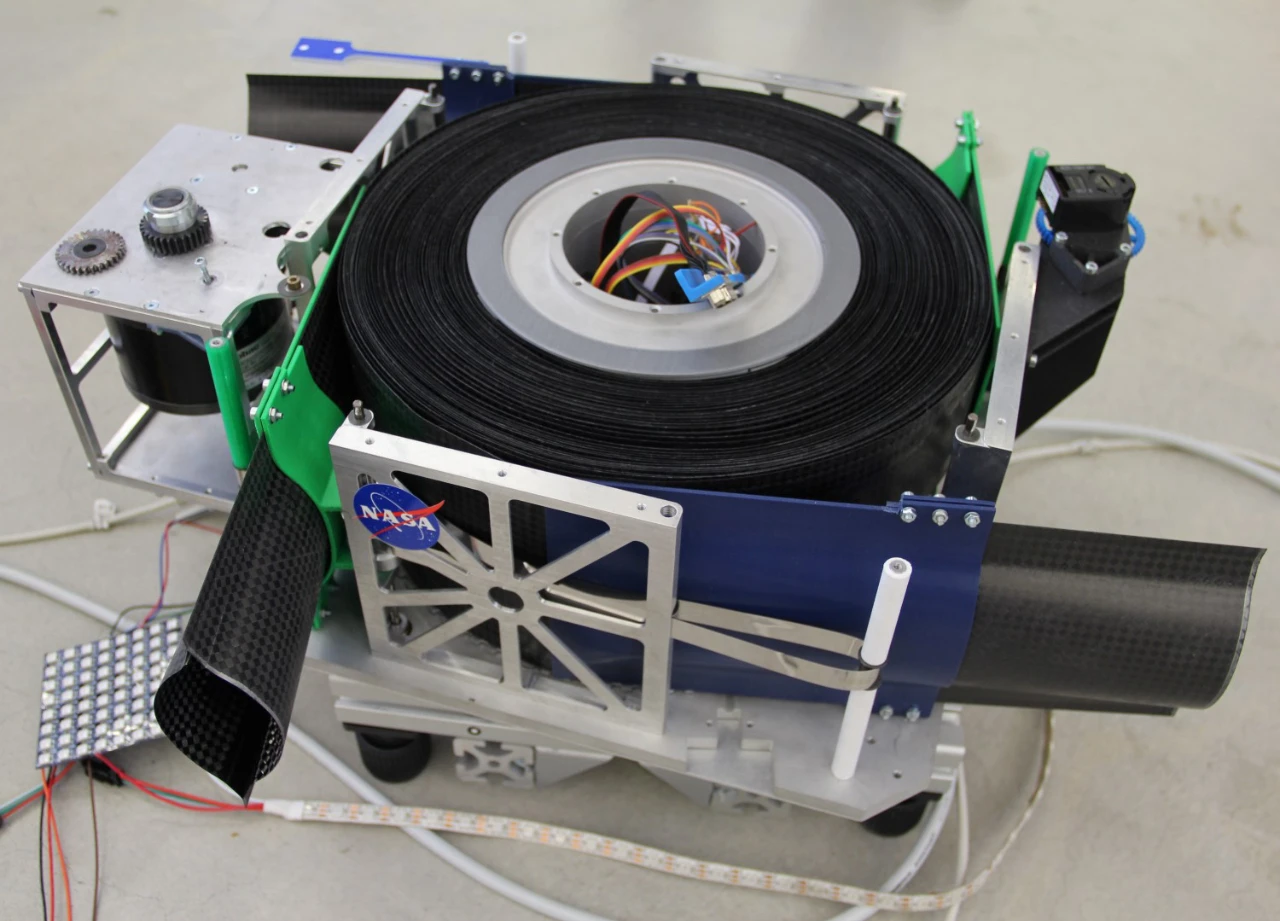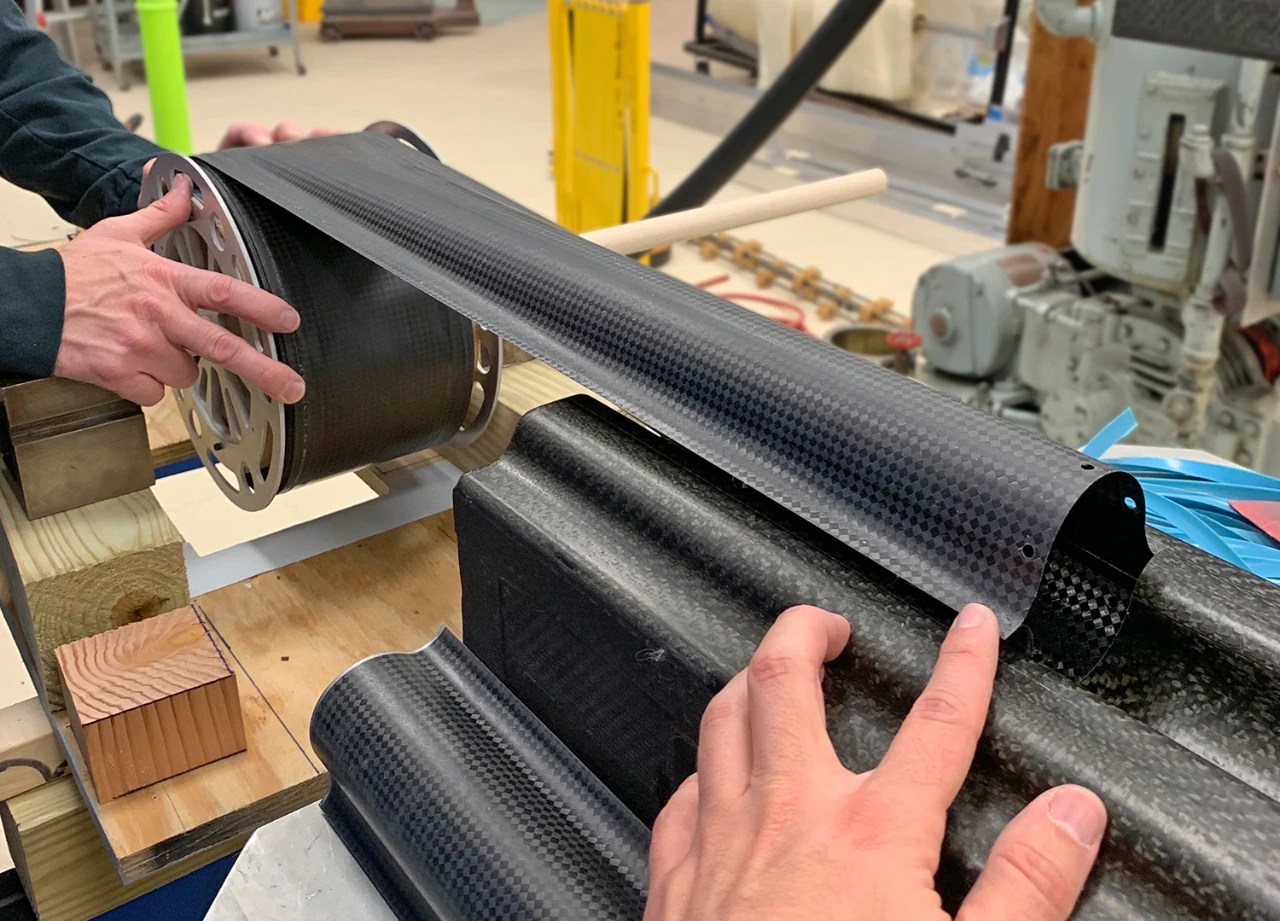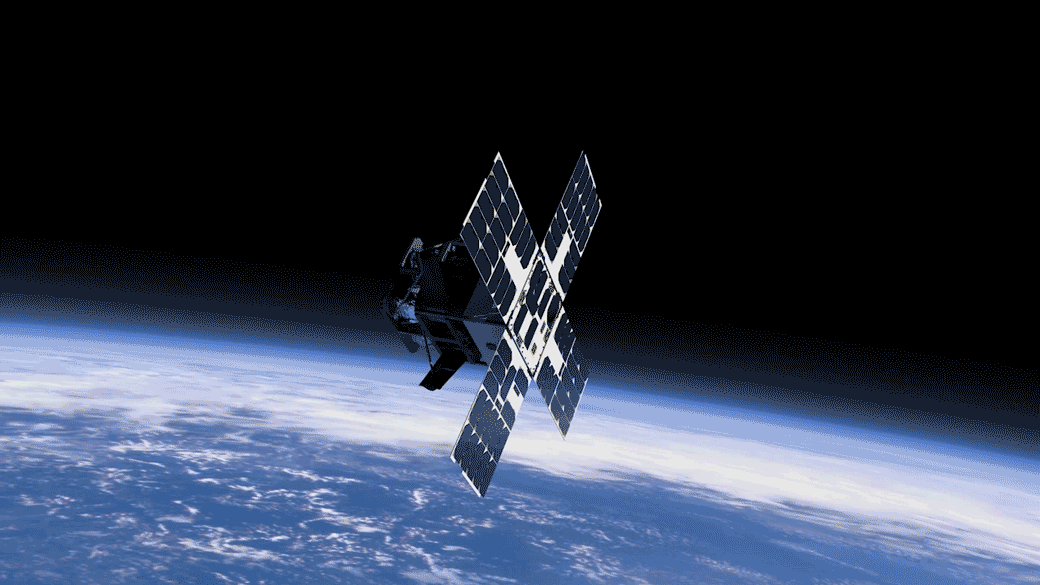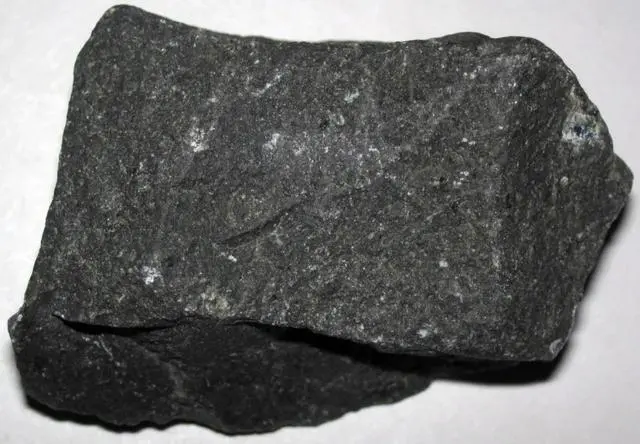The radiation sail spacecraft carrying out the “Staircase Plan” in “The Three-Body Problem” is about to become a reality. On April 23, the Advanced Composite Solar Sail System ACS3 of the National Aeronautics and Space Administration (NASA) – will be launched into space from Launch Complex 1 on the Mahia Peninsula in New Zealand on an Electron rocket from Rocket Lab. This milestone plan aims to further validate and promote solar sail technology, providing a sustainable and low-cost power solution for future space exploration.
The working principle of the solar sail is to use the pressure of sunlight as propulsion. By tilting towards or away from the sun, photons bounce off the reflective sail, thus propelling the spacecraft forward. This method of propulsion eliminates the need for a bulky propulsion system required by traditional spacecraft, enabling missions to last longer and at a lower cost.

NASA’s Advanced Composite Solar Sail System ACS3 is mounted on a 12-unit (12U) CubeSat manufactured by NanoAvionics for launch. The main objectives of this launch mission are to test and successfully demonstrate a new composite material boom made of flexible polymer and carbon fiber materials, and to verify the performance of the solar sail after the boom is deployed. The new boom structure is more robust than previous booms while being lighter in weight. The use of innovative materials not only improves the durability of the solar sail but also helps reduce the mass of the entire spacecraft, thus improving its operational efficiency. The mission will test a series of maneuvers to change the spacecraft’s orbit and gather data for future cosmic missions that may use larger sails.

Mission researchers said, “The boom of this sail is tubular, can be flattened and rolled up into a small package like a tape measure, while providing all the advantages of composite materials, such as reducing bending during temperature changes. These extendable booms, which are up to 7 meters long, can be rolled up into a shape that fits in the palm of a hand, making them extremely portable and easy to operate. We hope to validate various new technologies through this spacecraft and inspire others to further explore new technologies. This technology will drive future space travel and expand our understanding of the sun and the solar system.”

It is reported that the ACS3 system spacecraft has been redesigned to be compact, only the size of a microwave oven. However, its unique structural design gives it powerful functions. After reaching a sun-synchronous orbit about 1,000 kilometers from Earth, the spacecraft’s four telescopic booms will fully deploy, forming an X-shaped frame that secures four triangular sails, creating a diamond-shaped structure of about 80 square meters, large enough to cover half a tennis court. This deployment process is expected to take about 25 minutes. Cameras installed on the spacecraft will capture crucial moments of the sail, monitoring its shape and symmetry during deployment. With its large sail, if the lighting conditions are just right, the spacecraft can be seen from Earth. Once fully deployed and oriented correctly, the sail’s reflective material will shine as brightly as Sirius, the brightest star in the night sky.

If this launch plan is successful, this boom design may support solar sails of up to 500 square meters or even up to 2,000 square meters in the future. The successful deployment and operation of the solar sail’s lightweight composite boom will open the door to larger-scale lunar, Martian, and even more distant cosmic missions in the future.
Composite booms may also have a future beyond solar sailing: their lightweight design and compact packaging system could make them perfect materials for constructing habitats on the moon and Mars, serving as the frame structure of buildings or compact antenna poles, creating a communication relay for astronauts exploring the lunar surface.











